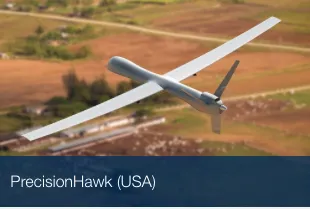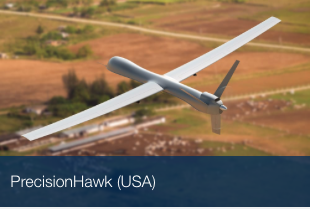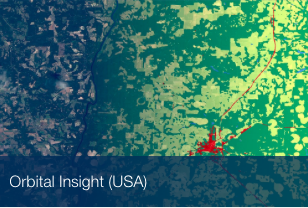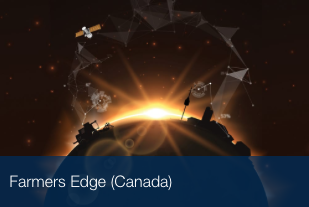
Google updates Maps with the latest satellite images from Landsat 8
Have you ever wondered where does the Google Maps and Google Earth satellite images come from? Most of them were taken by Landsat 7. The Landsat Program is a series of Earth-observing satellite missions jointly managed by NASA and the U.S. Geological Survey. The first Landsat satellite, with an impressive at that time resolution of 80m and 4 spectral bands, had been sent to space back in 1972 and it made possible a huge step forward in the science of remote sensing.
Landsat 7 launched in 1999 is a different beast. It has eight spectral bands with spatial resolutions ranging from 15 to 60 meters and the temporal resolution of 16 days. But finally after 14 years it lived to a successor. In 2013 the new Landsat 8 has been deployed to the orbit. Although its spatial and temporal resolutions are similar to the 7th generation, the device has been equipped with a much more precise sensors with 9 spectral bands and Thermal Infrared Sensor.
This week Google is updating the images and in most places the change can be clearly visible. Below you can find the comparison of Landsat 7 and 8. The new images are much more detailed and crisp.


Interestingly Landsat 7 pushed Google to additional remote sensing R&D. In 2003 the craft experienced a hardware failure that resulted in diagonal gaps of missing data. As there was no good alternative with global satellite coverage, Google was forced to come up with a means of removing those gaps.
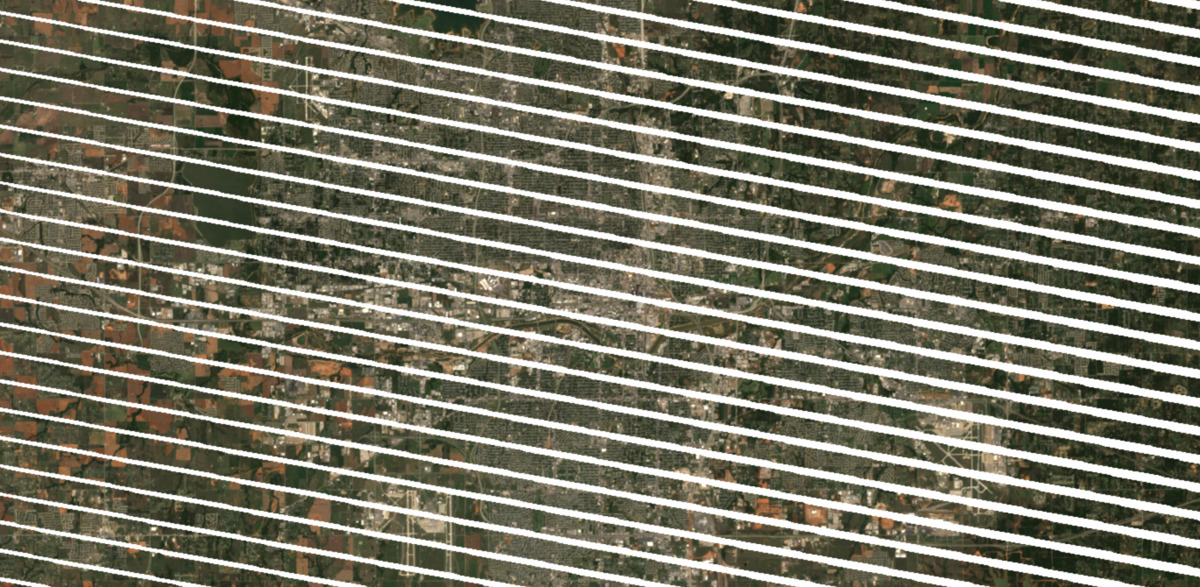
The company solved this issue with so-called mosaicking, the same technology that is today used to achieve global cloudless images coverage. With the temporal resolution of 16 days the whole surface of the Earth is photographed every two and a half weeks. On average 70 percent of our planet is constantly covered by clouds but from time to time every place is finally sunny. Mosaicking joins the gapless and cloudless parts together. Simple as it is.
Cool update.
Did you like this post? Read more and subscribe to our monthly newsletter!






